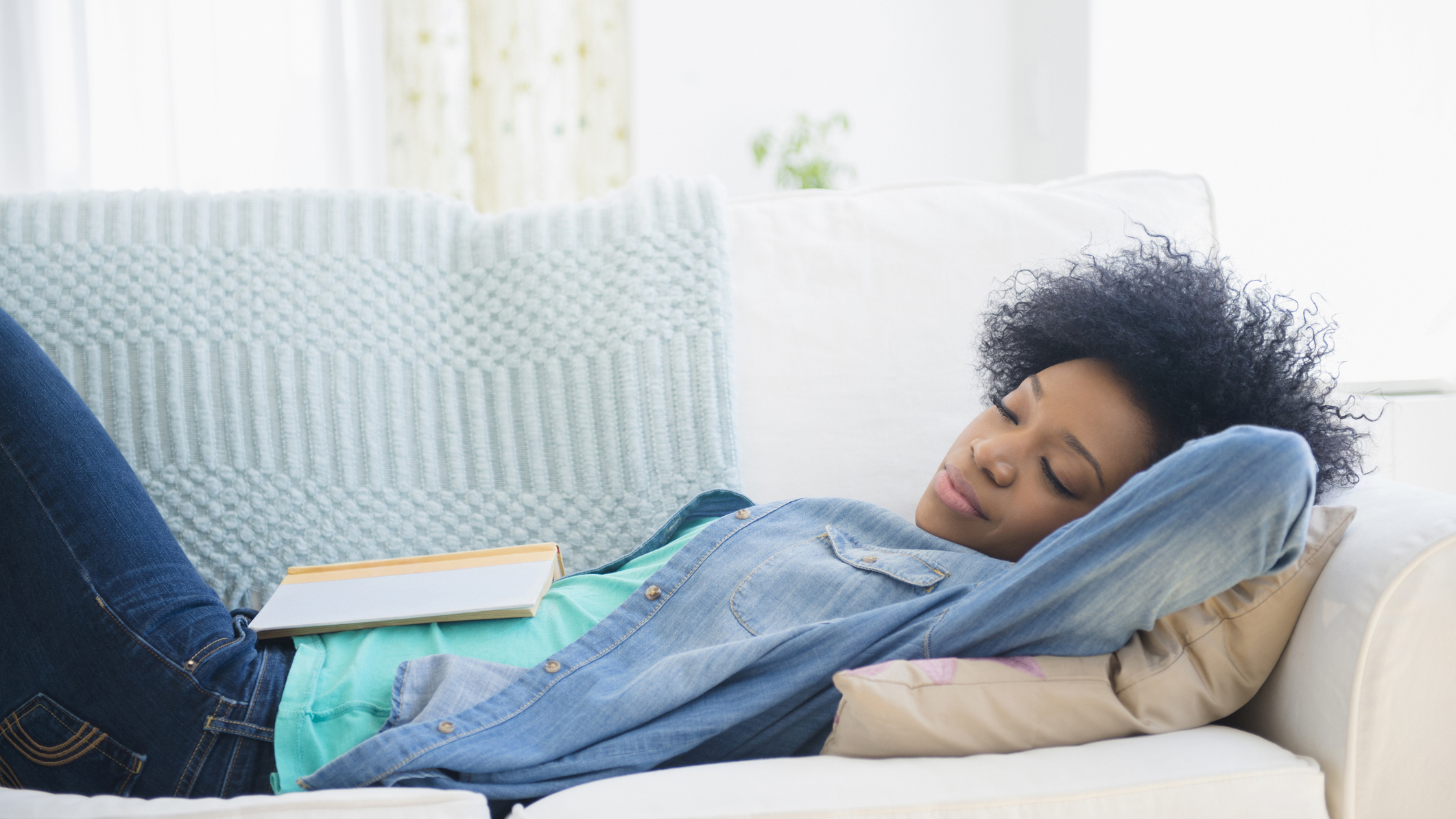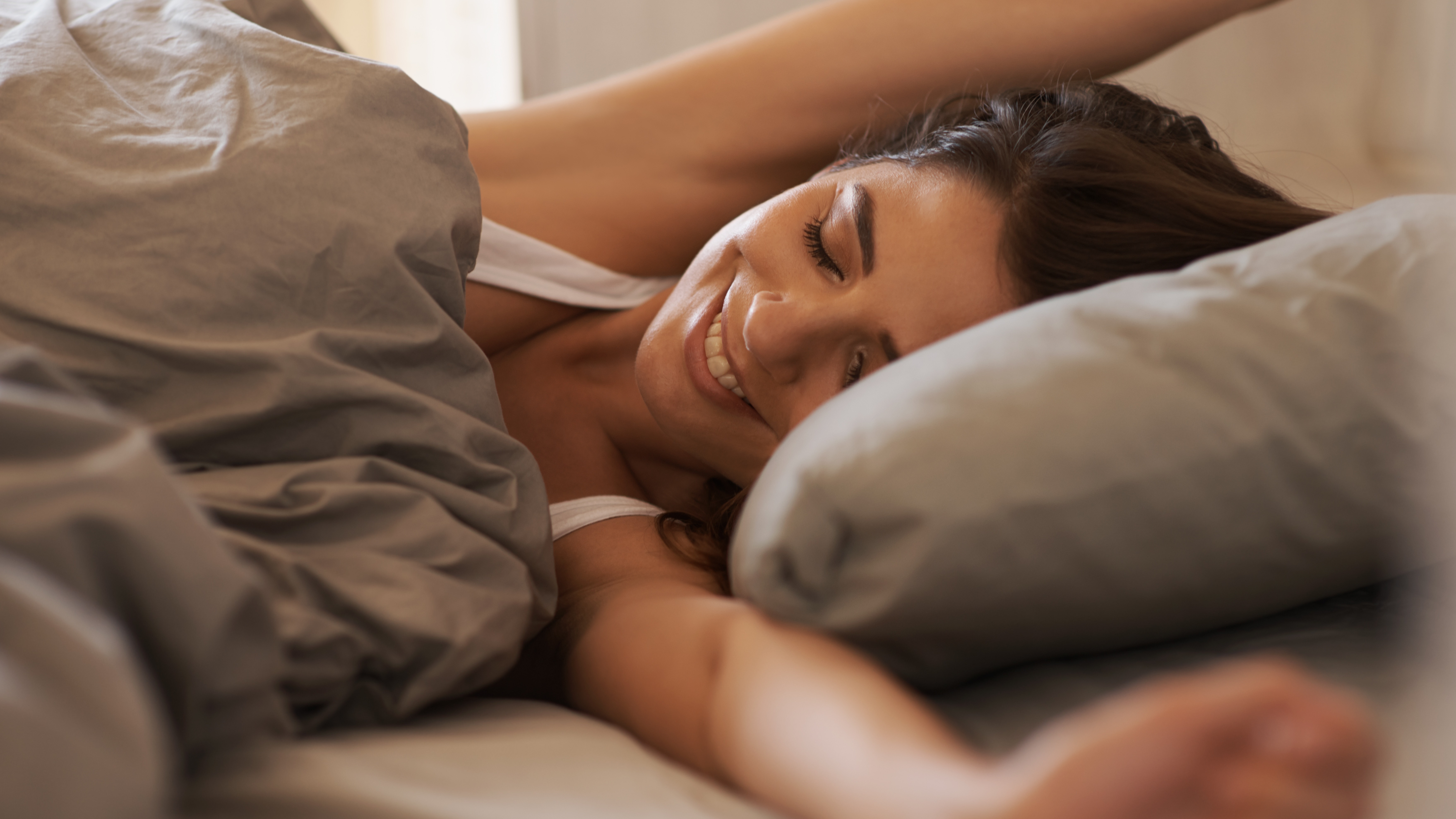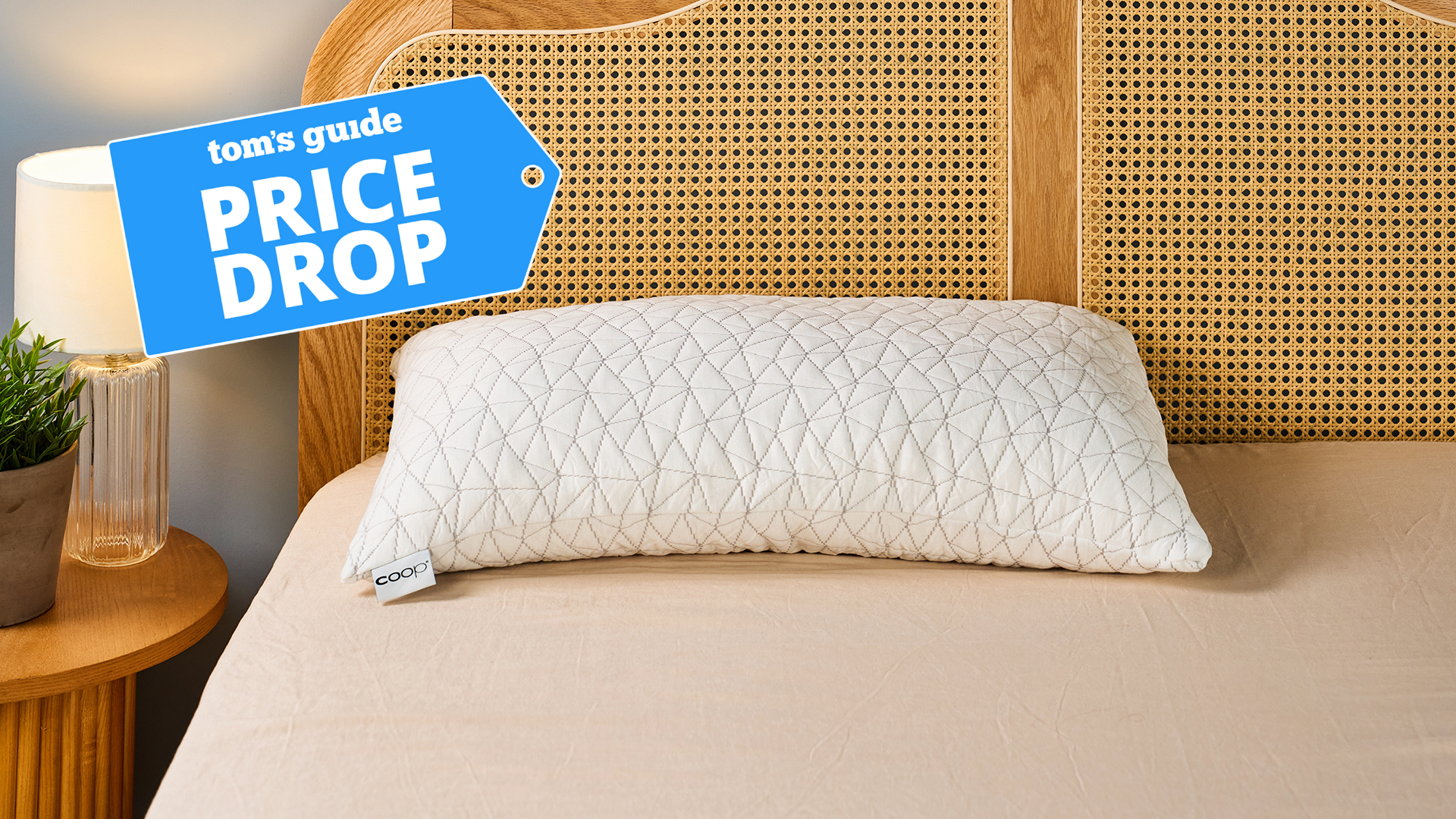Expert reveals the exact length of time you should nap to feel refreshed, not groggy

Even as a superb sleeper who falls asleep fast, gets at least seven and a half hours of sleep a night, and (usually) wakes up with energy, I still enjoy a daytime nap when my schedule allows it.
Naps can often get a bad rap as people assume they stop you sleeping at night. But when timed correctly, an afternoon nap on the best mattress for your sleep style (rather than an unsupportive couch) can do wonders for your cognitive function, energy levels and even your mood.
If you're wondering how a daytime snooze can benefit you, here's how Dr. Hana Patel, NHS GP and resident sleep expert at Time4Sleep, and Andres Moran, co-founder and CEO of sleep apnea treatment company, Complete Sleep, recommend you ace nap time...
How long should a nap be?
How long your nap should be is subjective and depends on your individual sleep habits and sleep needs.
Essentially, around 20 minutes is considered the sweet spot for a power nap that's intended to give you a boost in alertness and energy even when you sleep well at night.
But if you're particularly sleep deprived — whether that's due to parenting responsibilities, insomnia or other issues — a longer nap could be more effective.
Moran recommends a 90-minute nap in these cases (more on that below), as they allow you to complete a full, restorative sleep cycle.
Get instant access to breaking news, the hottest reviews, great deals and helpful tips.
Benefits of a 20-minute nap
A 20-minute nap offers several benefits for alertness, mood and cognitive function, especially when taken during a natural dip in the circadian rhythm which tends to occur in the afternoon.

"Even these brief naps allow for memory consolidation, cellular repair processes, and neurotransmitter regulation," Moran says.
"The brain clears metabolic waste and consolidates information from the day."
Benefits of a 90-minute nap
Moran says longer naps of 90 minutes can be useful if you're severely sleep-deprived, but warns they carry higher risk of grogginess and nighttime sleep disruption.
While napping isn't a long-term solution to sleep deprivation, a 90-minute nap allows you the chance to complete a full sleep cycle, which can be useful in making up sleep debt if you're not getting enough restorative sleep at night.
Waking up at the 90 minute mark can also reduce sleep inertia, because you wake up at the end of a sleep cycle rather than disrupting one. Being jolted awake mid sleep cycle is known to cause grogginess.
Nap vs sleep: what's the difference?
You may think the only difference between sleeping and napping is the time of day and length of time you choose to close your eyes to rest.
Naps are generally short periods of sleep taken in the day, while sleep refers to a longer, restorative period of rest at night.
However, the key difference between napping and sleep is all to do with which essential sleep stages you enter.
A sleep cycle is made up of three stages of non-rapid eye-movement (NREM) sleep and one stage of rapid eye-movement (REM) sleep.
When you take a quick nap between 10 and 20 minutes, you enter the first (NREM 1) and sometimes the second (NREM 2) stages of sleep.

As you transition from wakefulness to sleep, you enter NREM stage 1 — the initial lightest stage of sleep where brain waves start to slow down, and your breathing will be regular.
You're most susceptible to being woken during this stage, and may experience muscle twitches or the feeling of falling. NREM stage 1 tends to last a few minutes.
Then comes NREM stage 2, which is a deeper stage, but still considered light sleep. Brain waves slow further, body temperature drops, heart rate slows down and muscles relax more fully.
However, when you sleep, you'll pass through these sleep stages and on to the deep sleep (NREM stage 3) where physical restoration occurs and REM sleep, during which dreaming happens.
These four stages complete a sleep cycle which tends to last 90 to 100 minutes. You will continue cycling through these 90-100 minute sleep cycles through the night.
Top tips for an effective nap
Timing your nap so it doesn't interfere with nighttime sleep (and actually gives you the energy boost you need) is important. Here's what the experts recommend for perfecting your daytime ZZZs...

Nap between 1pm and 3pm
Moran recommends a nap window of 1pm to 3pm, and Dr. Patel agrees. “If you do choose to take a nap, the early afternoon is a good time to do so," she says.
"This is roughly when your circadian rhythm naturally dips, and napping any later can cause disrupted sleep at night."
A nap during this time period can help you get over any afternoon slump so you have energy and enough concentration to get through the rest of your daily tasks and responsibilities.
Moran says you should nap at least six to eight hours before bedtime to make sure you build up enough sleep drive to fall asleep fast at night.
Keep it short
"Napping is not a recommended alternative to a good night’s sleep" and "long or frequent naps can interfere with nighttime sleep," says Dr. Patel.
Being strict about the length of your naps is important to ensure they doesn't disrupt your nighttime ZZZs.
Set an alarm to stop you tipping over the 20 minute mark and risking feeling groggy upon waking. "Try not to hit snooze to ensure that you feel refreshed when you wake up and avoid entering a deeper sleep," the doctor advises.
Similarly, if you fall into the category of those who are sleep-deprived and could benefit from a 90-minute nap, set your alarm for that length of time.
Do note, you'll want to take this longer nap closer to 1pm than 3pm to minimize the impact on your nighttime sleep.
Have a post-nap plan
Just like early morning sunlight exposure helps you feel energized first thing, creating a post-nap plan that involves light exposure and fresh air can help you shake off any grogginess and assist you in getting the energy boost you were aiming for.
Exposing yourself to bright light suppresses the sleepy hormone melatonin and boost the alertness hormone cortisol, helping you feel bright-eyed rather than groggy after your nap.

Eve is a sleep tech product tester and writer at Tom's Guide, covering everything from smart beds and sleep trackers, to sleep earbuds and sunrise alarm clocks. Eve is a PPA-accredited journalist with an MA in Magazine Journalism, and has four years’ experience writing features and news. In her role as Sleep Tech Product Tester and Writer for Tom's Guide, Eve is constantly trying out and reviewing the latest sleep products from brands such as Apple, Garmin, Whoop, Hatch, Sleep Number, Eight Sleep, and Oura. A fitness enthusiast who completed the London Marathon earlier this year, Eve loves exploring the relationship between good sleep, overall health, and physical performance, and how great sleep tech can make that relationship even better.
You must confirm your public display name before commenting
Please logout and then login again, you will then be prompted to enter your display name.
